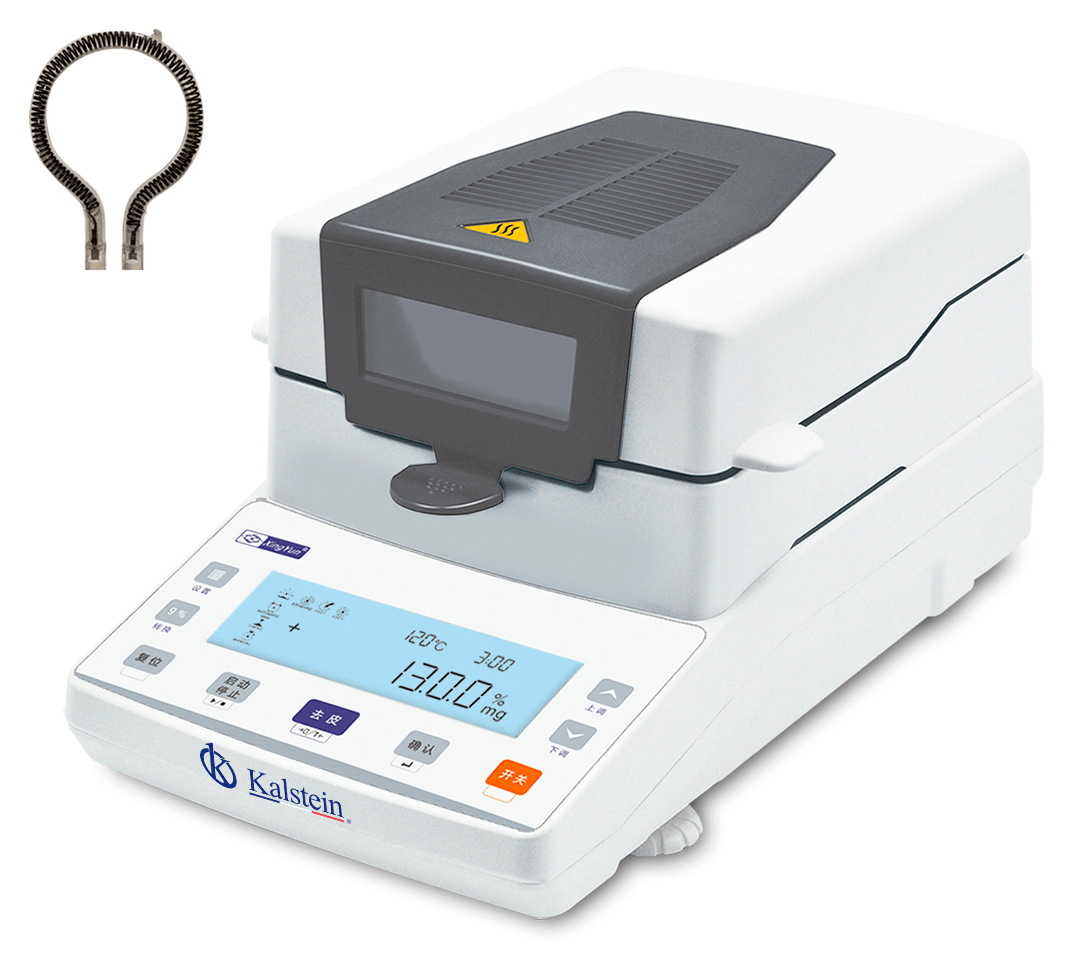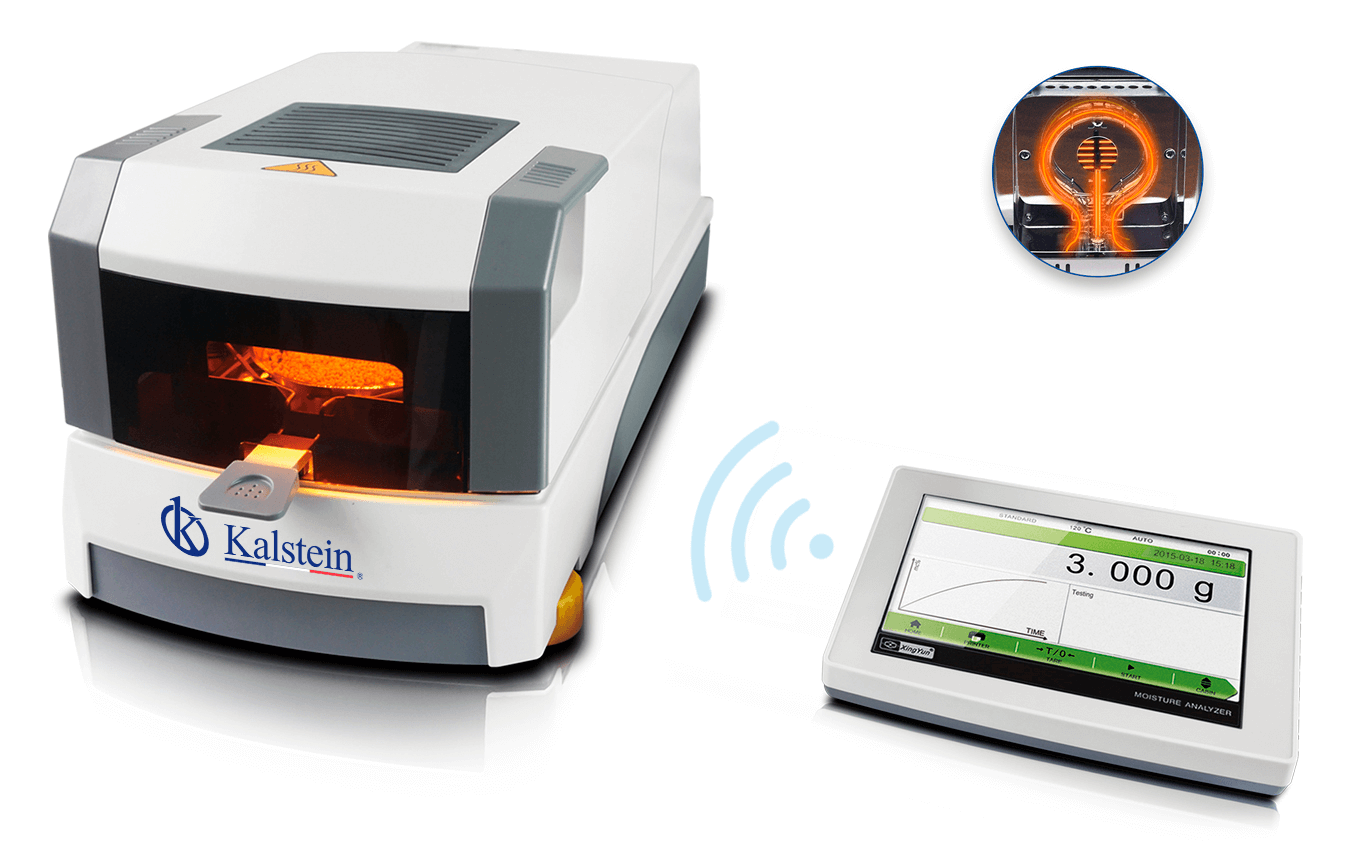Sterilization
It is important to apply sterilization and disinfection techniques in any laboratory. Both processes are equally important. There is an important difference between them: sterilization kills and/or removes all classes of microorganisms and spores based on physical agents; disinfection is a chemical process that destroys specific pathogenic microorganism, but not necessarily spores. Heat is the most common physical agent for decontamination. Sterilization is best achieved using steam or dry heat, but incineration, pasteurization and ultraviolet lights are other methods.
1. Autoclaving or steam heat
This is the most effective and reliable means of sterilizing materials. It is based on the use of pressurized steam to heat materials. It is effective to kill microbes, spores and viruses. Microbes are killed by hydrolysis and coagulation. The World Health Organization recommends cycles of three minutes (at 134 °C) to 25 minutes (at 115 °C). There are different models of autoclaves, depending on the lab’s needs:
1.1 Gravity displacement autoclaves: on these models, the steam enters the chamber under pressure and displaces heavier air downwards.
1.2 Vacuum autoclaving: also known as pre-vacuum autoclaving, on this process air is removed from the chamber before steam is admitted. It is more suitable in cases where air cannot be easily removed from sterilization media. This may include large or porous items such as animal cages and bedding sterilization as well as wrapped surgical kits. The vacuum function in these autoclaves allows deeper sterilization of the contents, as it completely evacuates the ambient air within, allowing high-temperature steam to penetrate and sterilize areas that would normally be occupied by ambient air, and can be more efficient at sterilizing certain items with hard-to-reach areas within.
2. Dry heat
In contrast to autoclaving, dry heating implies the absence of water. It is based on the principle that hydrolysis cannot take place in the protein if there is no water. Dry heat kills microbes by oxidation: the essential cell constituents are destroyed so the organism dies. In contrast to autoclaving, this process requires more energy and temperature, usually more than 180 °C, in a process that lasts an hour or more. It is the ideal sterilization process in case of fats, oil, powder and metal. The hot air oven is highly effective in case of water-insoluble materials, but it has slow diffusion penetration and not suitable for reusable plastic. It works with normal pressure (in contrast to autoclaving). This process is vital for sterilizing tools that are at risk of corrosion.
See our autoclave models: HERE
Our ovens are available HERE



